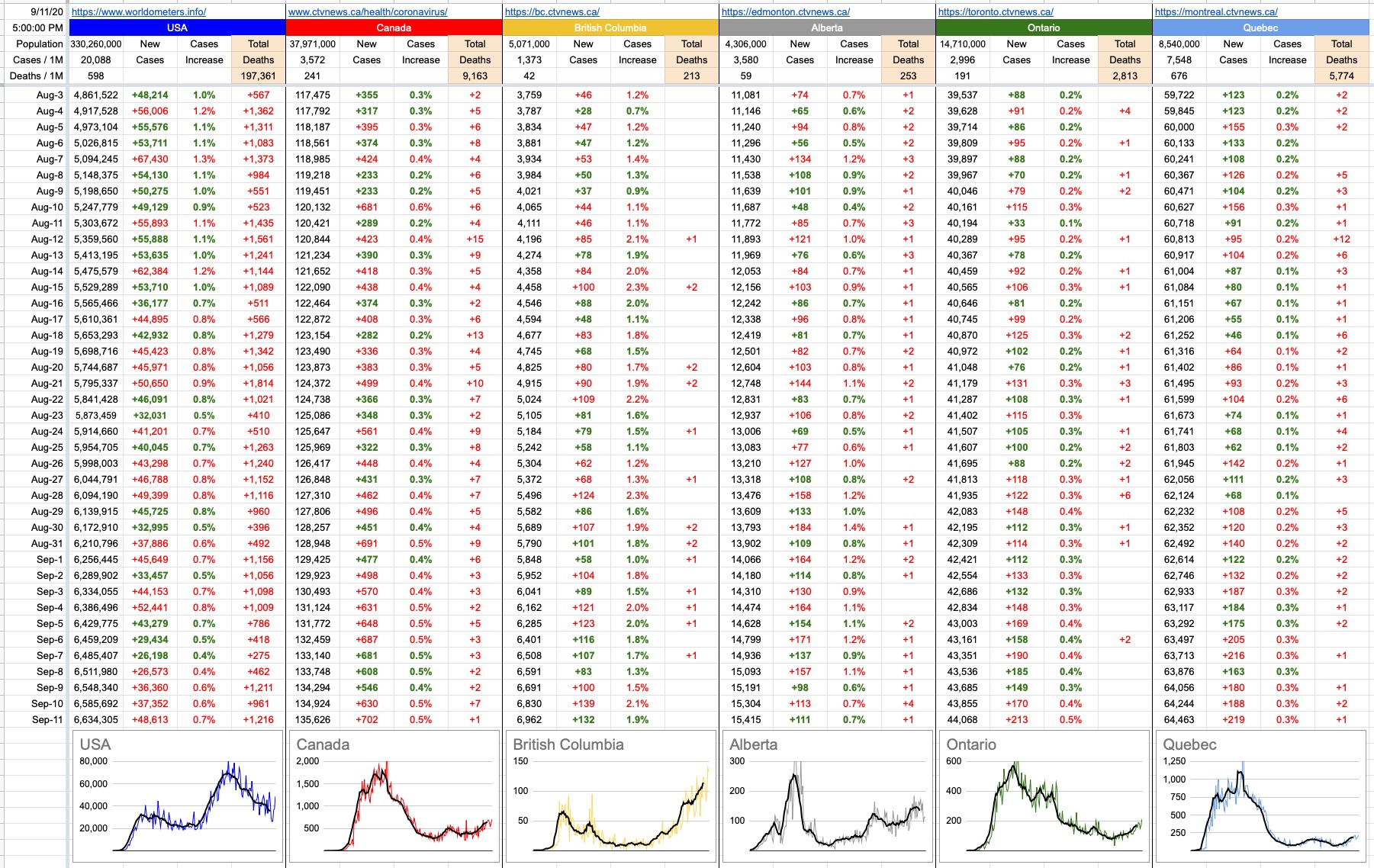September 11, 2020
Monday, September 10th, 2001 had been a late night… Monday Night Football combined with Monday Night Poker. It was a good night for me… I won money at the tables, and I won money on the game, having bet on the Denver Broncos. I am always a big fan of betting Denver at home, because they live and breathe and play at more than 5,300 feet above sea level, and visiting teams are rarely conditioned for the thin air. Nearing the end of the game, the other teams are often tired and struggling. In my opinion, it’s a big reason why John Elway was always able to orchestrate his 4th-quarter heroics. In this case, it was the New York Giants (who live, train and play in East Rutherford, New Jersey, elevation… 3 feet above sea level). Accordingly, Denver won the game… a successful evening all around. I staggered home in the wee hours of the morning and collapsed in bed.
Of course, none of that matters at all, especially in light of what happened next. I was awakened just before 7am by a phone call from a friend.
“Turn on your TV.”
“What channel.”
“Any channel.”
Like so many with a similar story, I spent the day watching CNN, barely able to comprehend what I was seeing while frantically trying unsuccessfully to contact anyone and everyone I knew in New York. Eventually, everyone I knew was confirmed to be ok, but I found out years later that I had one friend caught in the middle of it… he was one of those guys who survived, but staggered out of there coated in white powder, debris directly from one of the falling towers, looking like a zombie from The Walking Dead. And he was, of course, one of the very lucky ones.
In hindsight, it’s easy to reflect on just how much changed that day. At the time, it felt like an enormous catastrophe, which it certainly was… but one from which everything would emerge and return to normal. It didn’t. It hasn’t.
Out of the endless things to learn from that day, near the top of the list, is this: Don’t ever acquiesce power to the government that you’re not willing to give away – forever. A lot of things got thrown into the world after 9/11, among them the Department of Homeland Security, the TSA, and everything else wrapped up in the subsequent “protection” of the American people.
Wiretaps without warrants. Spying. Unlawful detention. Kidnapping. Torture. Constraints on Academic Freedom.
The Patriot Act, which was set to expire in 2005 (though most of it still lingers) was ostensibly put in place to protect people from terrorism. Whether it’s helped or not, what’s certain is how it has completely side-stepped the U.S. Constitution, and continues to do so.
Indefinite detention, warrantless searches… phone, email and financial record searches without consent and without a court order… these are all things that are here to stay in the great Democracy/Republic of the United States of America.
On the flipside, something that got a bit of coverage but should’ve been a much bigger story… was when in late March of this year, Canadian Prime Minister Justin Trudeau proposed a bill to authorize emergency spending with respect to the emerging pandemic. He wanted $82 billion at his discretion, to put into the hands of soon-to-be struggling Canadians. "No problem", said every single opposition party. We get it. Go for it.
Bill C-13 showed up, ready for signature… which a little bonus clause thrown in by The Liberals, one that can only be described as an attempt at an enormous power grab. It would have granted the government the right to spend money, tax Canadians and purchase/hold any company’s shares… all of that without Parliamentary Approval… until 2022. It was an underhanded attempt to seize power/control, using the crisis as an excuse. Extended out to the worst of its ability, it’d empower the (minority) government to do anything it wished. That would certainly have transformed this country into a very different Canada than what we’re familiar with. Conservative, Green, NDP… whatever you are, whoever you support… I’m very proud of that group standing up and saying, “Hey… what is this crap!?”… and Bill C-13 ultimately passed, but with none of that frightening language as part of it.
And yet… the U.S. of today isn’t the one many of us have known from 20 years ago. If Osama Bin Laden’s intent was to damage America where it really hurts, it’s sad to say… he thoroughly succeeded… a deep, divisive cut that has yet to heal.
All of you red-baseball-cap-wearing Patriots screaming “FREEDOM!” to anyone who’ll listen might want to consider a real example of what freedom truly is. Of what a real, functioning government looks like. There’s a hell of lot more to freedom than waving a gun around and/or ripping your mask off in an act of “courageous” defiance.
View Original Post and All Comments on Facebook









